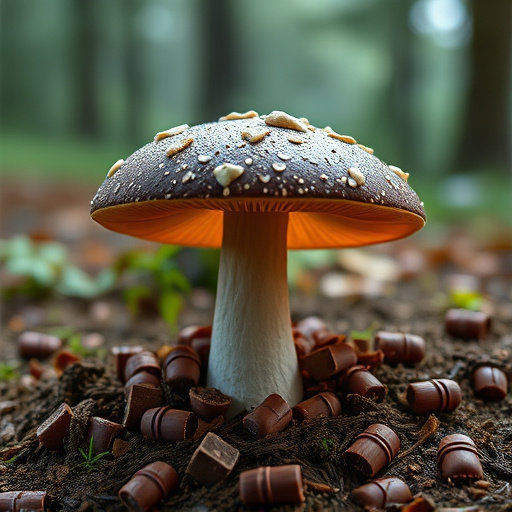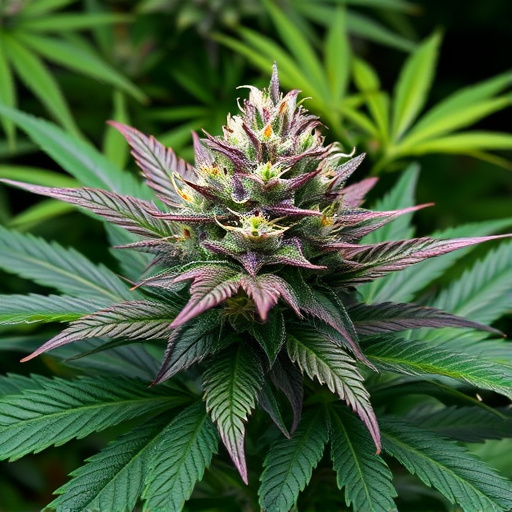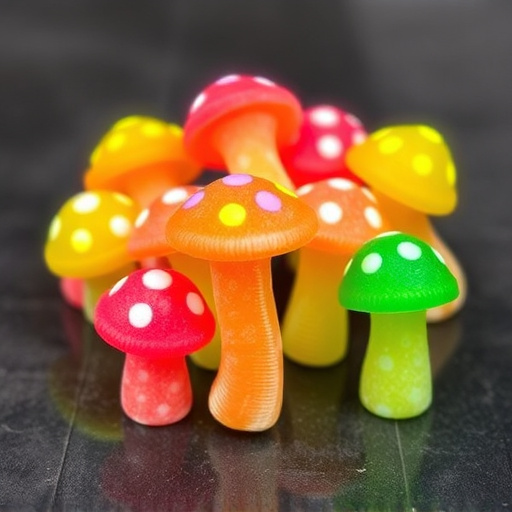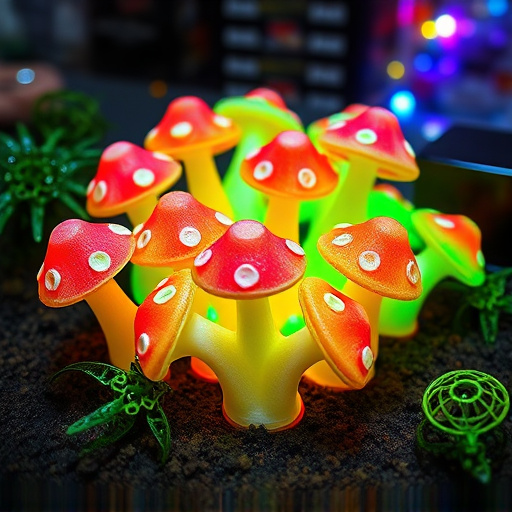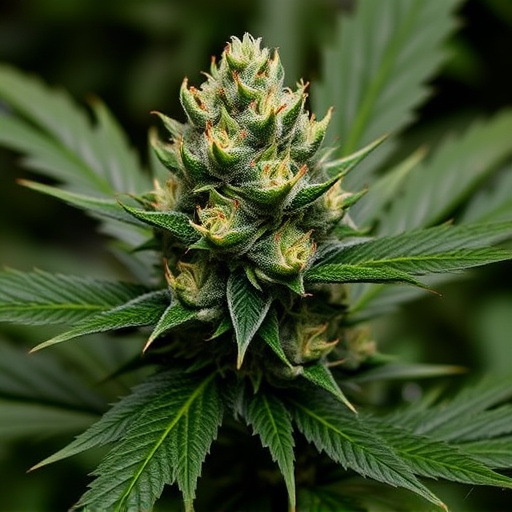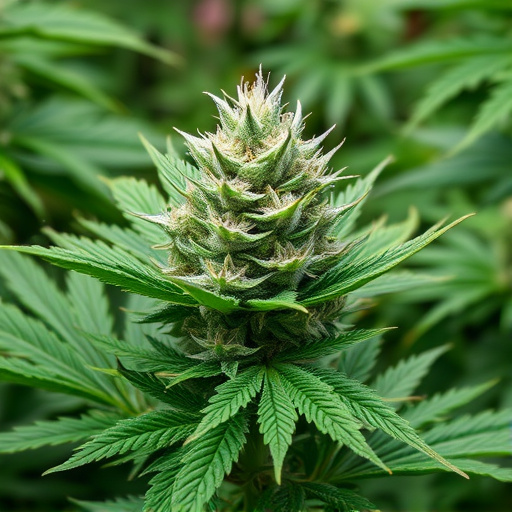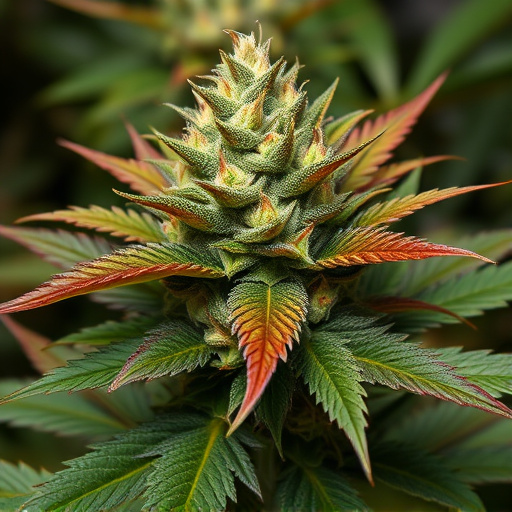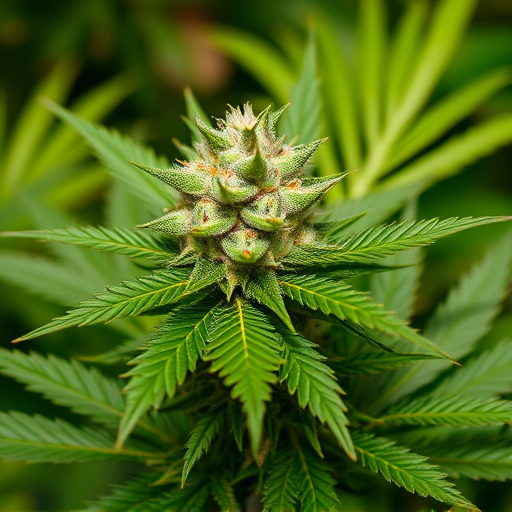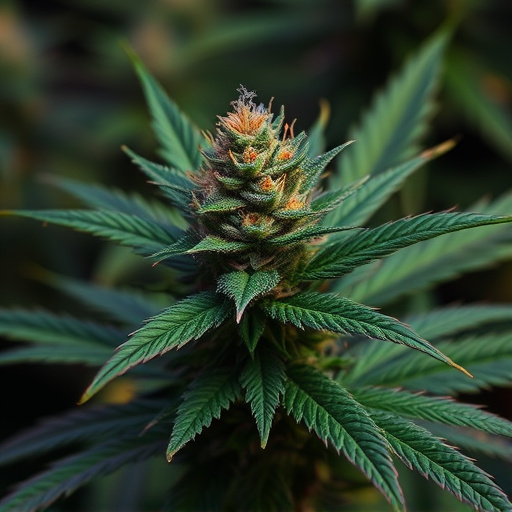Cultivating high-quality, potent cannabis flower involves meticulous practices, from environmental control (hydroponics, soilless cultivation) and genetic selection (high-CBD, low-THC or specific clones) to curing and trimming techniques. These factors result in intense experiences offered by premium strains influenced by climate, soil health, lighting, and ventilation. Discover tailored potent cannabis strains for therapeutic benefits, exploring their unique characteristics, effects, and consumption methods for a personalized journey into powerful cannabis experiences.
Discover what sets high-quality cannabis flowers apart with our comprehensive guide. Explore cultivation practices that optimize potency—from environmental control to genetic selection—and learn how timing and curing techniques elevate flavor and efficacy. Delve into rigorous laboratory testing protocols ensuring purity, safety, and consistency in every potent cannabis strain. Uncover the secrets behind creating superior blooms that cater to discerning consumers seeking exceptional experiences.
- Cultivation Practices for Optimal Potency
- – Environment and Growing Conditions
- – Strain-Specific Care and Genetic Selection
Cultivation Practices for Optimal Potency
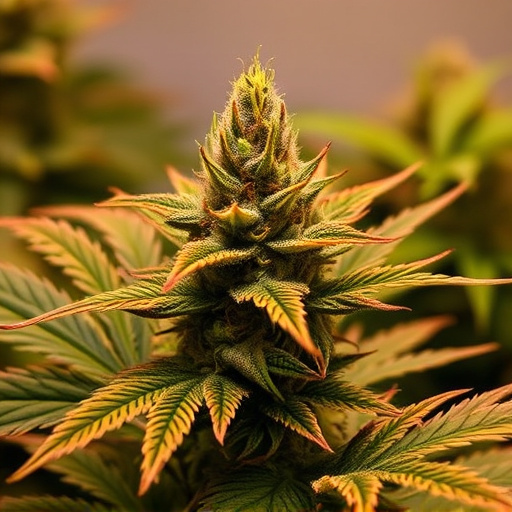
High-quality cannabis flower is crafted through meticulous cultivation practices that optimize plant health and potency. Growers meticulously control environmental factors such as light, temperature, humidity, and nutrition to foster ideal growing conditions. Advanced techniques like hydroponics or soilless cultivation allow for precise nutrient delivery, encouraging robust plant growth and maximizing cannabinoid production.
Beyond environment, genetic selection plays a pivotal role in cultivating potent cannabis strains. Choosing high-CBD, low-THC varieties or specific clones known for their strong effects ensures a more intense experience. Additionally, proper curing and trimming techniques further enhance potency by allowing the plant to thoroughly dry, preserve terpenes, and concentrate cannabinoids, resulting in a superior final product.
– Environment and Growing Conditions
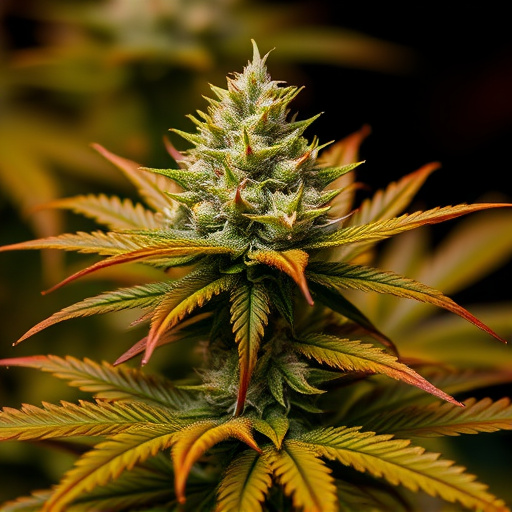
The environment and growing conditions play a pivotal role in cultivating high-quality potent cannabis strains. Factors such as climate, soil composition, and water quality significantly influence the final product. Ideal temperatures, typically between 20-30°C (68-86°F), foster optimal growth and terpene production, enhancing both aroma and potential therapeutic benefits. Soil enriched with organic matter and balanced nutrient levels encourages robust plant development, ensuring each bud is packed with essential cannabinoids like THC and CBD. Adequate hydration is crucial, but overwatering can lead to root rot, compromising the overall health of the plant. Additionally, natural sunlight or precise artificial lighting simulates the growing seasons, triggering flowering and maximizing yield without compromising potency.
Proper ventilation and air circulation within the grow facility are essential to prevent mold and ensure consistent humidity levels. These environmental factors synergistically work to create an ideal growing environment, resulting in potent cannabis strains with desirable characteristics, from robust flavors to elevated levels of beneficial cannabinoids.
– Strain-Specific Care and Genetic Selection

High-quality cannabis flower is a result of meticulous cultivation practices that focus on optimal growing conditions and strain-specific care. By carefully controlling environmental factors and selecting the right genetic lines, growers can produce potent cannabis strains with enhanced effects and therapeutic benefits. Understanding these cultivation techniques is essential for consumers to appreciate the art and science behind top-tier cannabis products.
